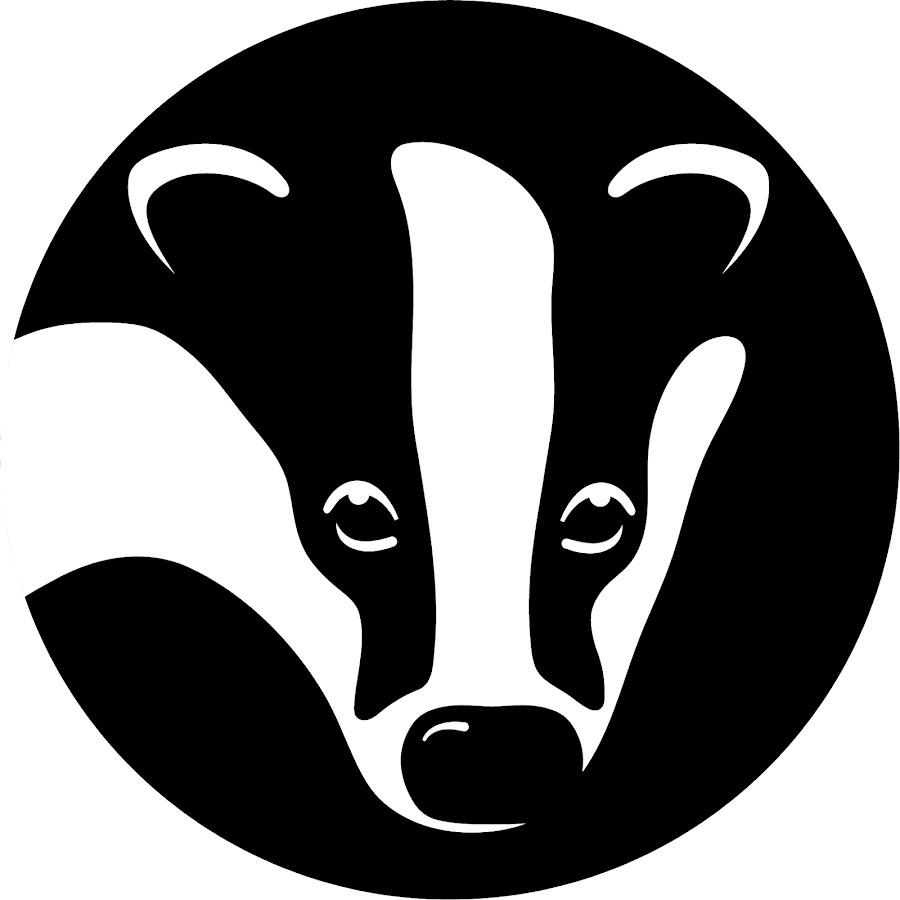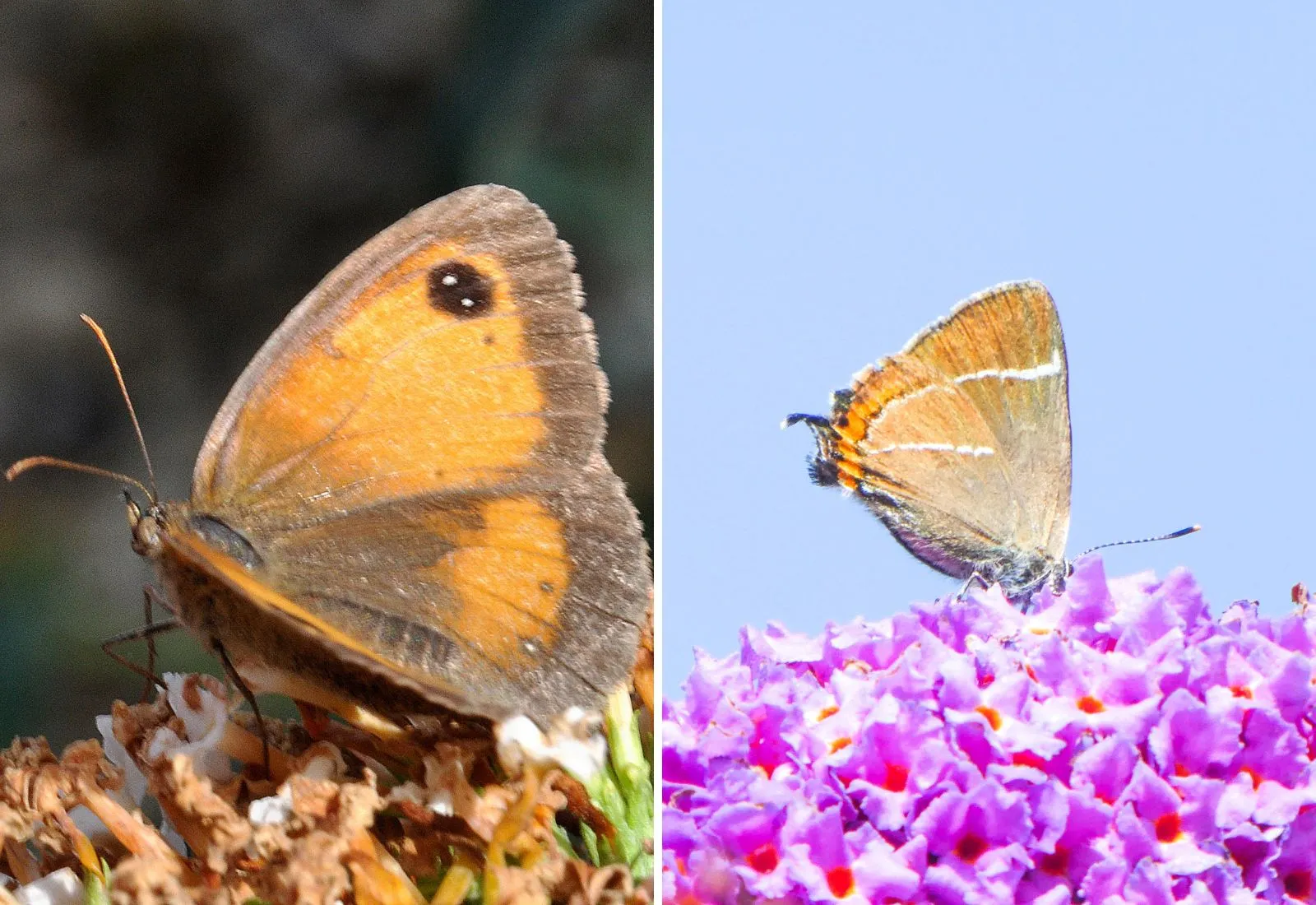11
Two species of butterfly have made dramatic appearances in Scotland in a suspected response to climate change.The Gatekeeper, never officially recorded north of the border before, has been spotted in several places in Scotland this summer, while the White-letter Hairstreak - only recorded around the River Tweed for the first time in 2017 - has now appeared 100 miles further north in Dundee.The surprise sightings are being announced by Butterfly Conservation just days after we declared a UK-wide Butterfly Emergency following the worst-ever results of our Big Butterfly Count this summer.The new Scottish records are also part of a wider picture of butterflies and moths moving north across the UK.Dr Tom Prescott, Butterfly Conservation Head of Conservation for Scotland, said: "These records really are remarkable. The Gatekeeper is a new species for Scotland, which is great, and the White-letter Hairstreak only came across the border seven years ago and was literally just over the Tweed, so for it to have jumped from there to Dundee is incredible. The volunteer who made that recording saw half a dozen in the park - it's just unbelievable."The Gatekeeper is an orange-and-brown butterfly with striking black-and-white eyespots on its wings. It is one of the commonest butterflies in England and in the 19th century was relatively common in the south of Scotland but Butterfly Conservation has never recorded any verifiable sightings north of the border.In July and August this year two ecologists reported sightings at the Crook of Baldoon RSPB reserve and in Dumfries, but without photographic evidence. Then on 18 August, butterfly expert George Thomson - author of the book Butterflies of Scotland - saw a female in his garden and got the first photographic proof. Paul Kirkland, Butterfly Conservation's County Butterfly Recorder for Dumfries and Galloway, said: "The Gatekeeper is a very common butterfly in England. Now that it seems to have reached Scotland it is likely to do well, and it will be fascinating to monitor its spread."The White-Letter Hairstreak is an elegant butterfly with dusky brown wings adorned with vibrant orange, black and white patterns and black-and-white striped antennae.Although it can still be seen in many parts of England, it has declined by a dramatic 78 per cent since 1976 - largely due to the fact that it breeds on elm trees which were decimated by Dutch Elm Disease.Unlike the Gatekeeper, it had only been recorded in Scotland twice, and both of those sightings were in the 19th century.Butterfly Conservation volunteer Iain Cowe made a sighting just north of the Tweed in 2017 which sent a ripple through the butterfly world and was followed by a string of other records in that area but nothing beyond.Then, on the last day of July this year, Butterfly Conservation member Keith Edwards was having lunch in his garden in Dundee when something caught his eye.He said: "We were sitting beside a buddleia growing next to the garden wall, and I suddenly saw a small butterfly land on it. I couldn't see it from where I was sitting, so quickly abandoned my lunch and got up to look. I saw immediately that it was a hairstreak and just assumed that it was a purple, far closer than I usually see them at the top of oak trees. “Without giving it any further thought, I concentrated entirely on trying to get the best photos I could before it flew away. However, it soon started to dawn on me that something was wrong; it wasn't a Purple Hairstreak at all, but a White-letter Hairstreak, a species not previously seen north of the Forth!"Amazed by the discovery, Keith started checking elm trees at nearby Victoria Park where he saw hairstreaks every day, and that weekend was finally able to get photographic proof.Although Dundee is only about 60 miles north of the border in a straight line, it is thought the White-letter Hairstreak would not have flown across the firth of Forth, taking the journey up to more like 100 miles.The White-letter Hairstreak and Gatekeeper are just two of the butterflies that have been making dramatic inroads in Scotland in recent years: Holly Blue, Wall Brown, Small Skipper and Large Skipper have all significantly expanded their territories as well.Our experts say the movement is very likely to be a response to warmer weather linked to climate change.However many butterflies and moths are suffering because of changes to weather patterns combined with decades of habitat destruction and pesticide-use. This summer we recorded the lowest-ever numbers in the 14-year history of our Big Butterfly Count, prompting us to declare a Butterfly Emergency for the UK. We have also asked the Government to ban neonicotinoid pesticides with immediate effect.It is important to remember that, while some butterflies and moths can take advantage of changing weather patterns to move to new areas, they can only do so if the right habitats are there for them to colonise.Butterfly Conservation Conservation Manager for Scotland Anthony McCluskey said: "All butterflies in the UK are struggling in different ways right now - that's why we have declared a butterfly emergency and asked the Government to start taking new actions. We think that milder winters are giving several species a chance to survive further north now, but the flip side of that is that we're also seeing droughts in the summer here like we've never seen before."Species can move in response to climate change but only if there is suitable habitat and the plants that they need. The best thing we can do for wildlife now is to create great habitat and make sure that it is joined up with corridors so that populations don't get isolated but can move, survive and thrive."Find out more about how to help butterflies where you live at wild-spaces.co.uk
Two species of butterfly have made dramatic appearances in Scotland in a suspected response to climate change.
The Gatekeeper, never officially recorded north of the border before, has been spotted in several places in Scotland this summer, while the White-letter Hairstreak - only recorded around the River Tweed for the first time in 2017 - has now appeared 100 miles further north in Dundee.
The surprise sightings are being announced by Butterfly Conservation just days after we declared a UK-wide Butterfly Emergency following the worst-ever results of our Big Butterfly Count this summer.
You must log in or # to comment.


